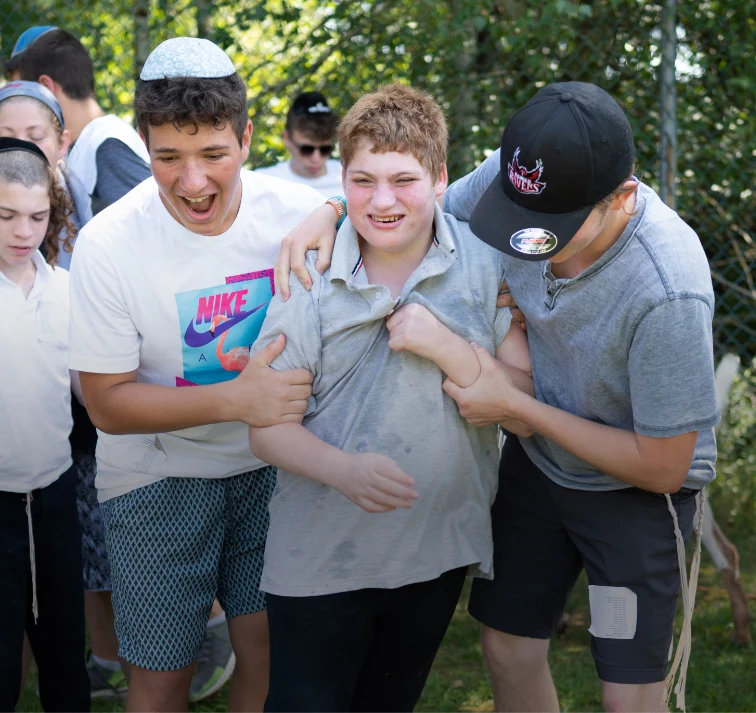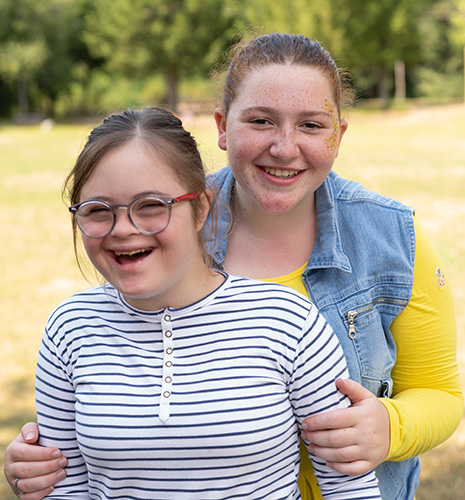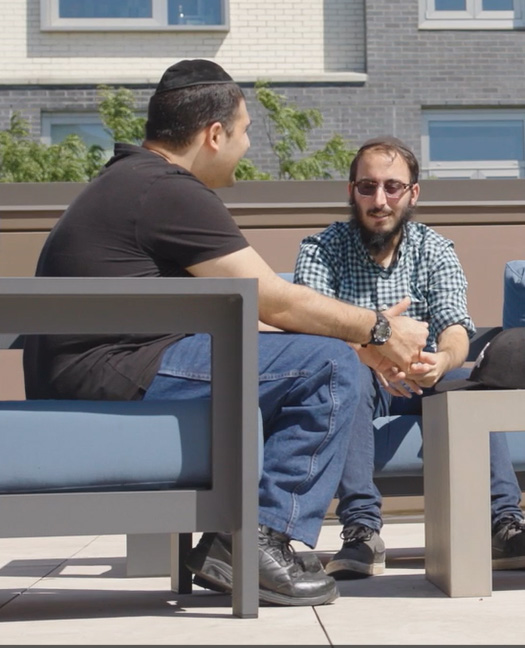Homepage
Hope. Strength. Community.
Understanding Needs.
Transforming Lives.
Adults with Developmental and Psychiatric Disabilities Cared for in Ohel Residences
Workbooks Distributed to Aid Israeli Children Post Oct. 7th
Clients Receive Mental Health Counseling by Ohel Therapists Each Year
Older Adults Served by Ohel Staff Each Year
Satellite Older Adult Mental Health Clinics
Boys & Girls Attend Camp Kaylie Each Year

Knowing I have someone at Ohel Bais Ezra that deeply understands the needs of my child and is willing to work with me to provide him with services that will enrich his life is priceless.

Enrich Lives. Build Relationships. Discover Team-Building Opportunities.

Your tax-deductible gift helps us to provide essential services.

Your career is calling…at Ohel! We hope you’ll join our team of caring professionals.